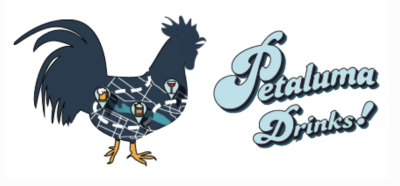



“That a war of extermination will continue to be waged between the races until the Indian race becomes extinct, must be expected,” California’s first governor Peter Burnett explained to state legislators in 1851. For some, that meant first eradicating what remained of the indigenous population. claimed California as a spoil of the Mexican-American War in 1848, Americans began streaming into the state under the doctrine of “Manifest Destiny,” believing they were divinely ordained to settle the West and remake it in their own image. Petaluma Adobe, 1902 (Sonoma County Library)Īfter the U.S. Driven first by the Spanish and Mexicans into mission servitude, and then labor camps like Fort Ross and the Petaluma Adobe, many Natives were worked to death, infected by European-transmitted diseases like syphilis, measles, and smallpox, or else killed outright by soldiers. In California, relic hunters found Native American villages and burial grounds easy pickings, as the state’s indigenous population had been reduced an estimated 150,000, or half of what it had been at first European contact 80 years earlier. Private museums of exotic artifacts proliferated as wealthy men turned collecting a competitive sport and middle class hobbyists began assembling collections to enhance their social status. While looting archaeological sites had been popular since antiquity, it became something of an American pastime in the 19 th century, after the British Empire began ransacking countries for trophies of its colonial triumph. Street parade outside Lewis’s Dime Museum, East Washington Street (Sonoma County Library) Over the next half century, Lewis assembled one of the largest collections of Native American artifacts in California, all proudly displayed at his Dime Museum in Petaluma. In his spare time he channeled his lust for buried treasure into digging for “Indian curios.” Purchasing a horse and cart, he became a teamster, making a small fortune hauling freight around town for $25 a day ($1,000 in today’s currency). When Lewis finally disembarked in San Francisco after 102 grueling days at sea, he found himself cured of gold fever. Yerba Beuna Cove, San Francisco, 1851 (public domain) When he finally secured passage to California, it was aboard the Humboldt, a refitted coal ship packed with 400 other passengers, for $200 per ticket ($7,500 in today’s currency). Stuck in port for four months, Lewis obtained a large tent and earned money by renting it out as a restaurant and lodging house. After making their way overland to the Pacific Coast, the group found a line of 4,000 other treasure hunters waiting for a ship to San Francisco. Having boarded a ship in New York City with a “stock company” of other aspiring miners funded by investors, Lewis sailed with his company to the Isthmus of Panama. Lewis set off for the California gold mines, only to discover he had failed to book advance reservations. In January 1849, a young merchant named Johnny B. Lewis displaying his mortars & pestles collection, 1890s (Petaluma Historical Library & Museum) THE MYSTERIOUS DISAPPEARANCE OF NATIVE AMERICAN ARTIFACTS Johnny B.


 0 kommentar(er)
0 kommentar(er)
